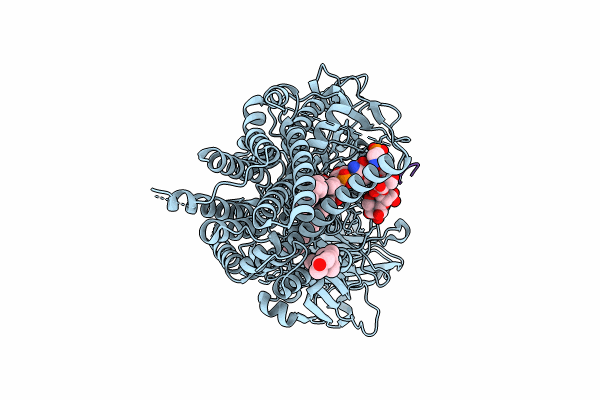
Deposition Date
2023-08-01
Release Date
2023-12-20
Last Version Date
2025-07-02
Entry Detail
PDB ID:
8K9R
Keywords:
Title:
Cryo EM structure of the products-bound PGAP1(Bst1)-H443N from Chaetomium thermophilum
Biological Source:
Source Organism:
Chaetomium thermophilum (strain DSM 1495 / CBS 144.50 / IMI 039719) (Taxon ID: 759272)
Psychromonas sp. B3M02 (Taxon ID: 2267226)
synthetic construct (Taxon ID: 32630)
Homo sapiens (Taxon ID: 9606)
Psychromonas sp. B3M02 (Taxon ID: 2267226)
synthetic construct (Taxon ID: 32630)
Homo sapiens (Taxon ID: 9606)
Host Organism:
Method Details:
Experimental Method:
Resolution:
2.68 Å
Aggregation State:
PARTICLE
Reconstruction Method:
SINGLE PARTICLE


